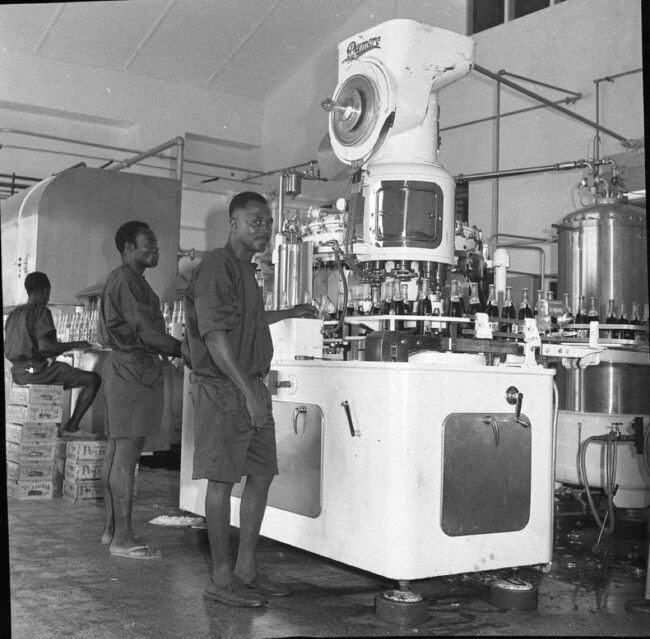Brief History of Femi Otedola and Aliko Dangote and their Success Story in the Business World
Twenty years ago, on the day of FEMI Otedola’s investiture as president of the Nigerian Chamber of Shipping, a stunning photograph was snapped in Lagos, Nigeria, documenting a moment between two of Africa’s most powerful business magnates, Aliko Dangote and Femi Otedola. Though few could have imagined how much their influence would expand, both men were already paving the way to become titans in the economic world at the time. At the time, Aliko Dangote was a rising star in the African economic scene and was gradually creating the Dangote Group, which would grow to be the largest conglomerate on the continent. Dangote, who was well-known for his astute business sense, was starting to change industries in Nigeria and beyond with his endeavors in commodities like flour, sugar, and cement. Standing next to him was his close buddy and fellow entrepreneur Femi Otedola. With Zenon Petroleum and Gas Ltd., Otedola was making waves in the energy industry and would go on to become one of Nigeria’s top oil and gas personalities. The image, which was taken in the vibrant metropolis of Lagos, represented the start of a period in which both men would achieve previously unheard-of success in African commerce in addition to their friendship. More than just a moment in time, this picture captures, the beginning of a journey that would see Dangote and Otedola rise to prominence as philanthropists and success icons in Nigeria. As their commercial empires grew, so did their influence, and both men emerged as major figures in the world economy. In addition to their commercial accomplishments, they are now honored for their noteworthy contributions to social concerns and the advancement of African communities.



